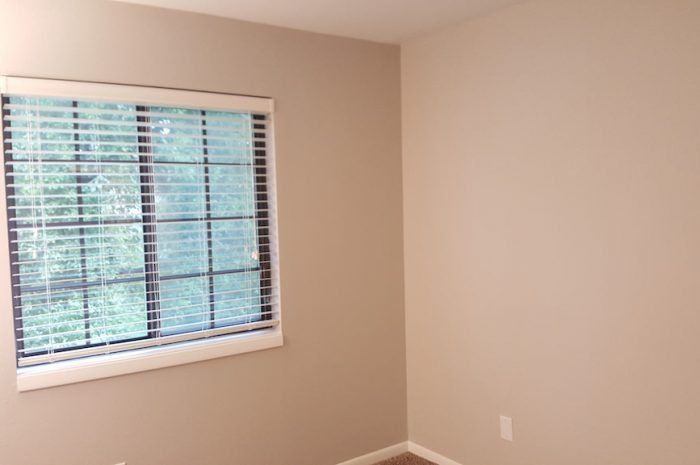

The final agreement was for $13,000 and $100 per month in operating funds.īut theres a twist. They received a counter of $10,000 and a stipulation that the library had to be free to the public and the city had to raise operating funds. In Stoughtons case, the city applied for a $15,000 grant. The original was one of the 1,689 Carnegie libraries built in the United States by millionaire philanthropist Andrew Carnegie. Photograph provided by Green Concierge TravelĪ visit to the library is a delight.

This makes Stoughton an even more intriguing place to visit, where a downtown stroll allows you to explore these landmark buildings as well as storefronts that contain a variety of shops and restaurants. Not just once, but multiple times since the citys founding, Stoughton residents made the choice to restore structures that were part of the towns identity, including the Stoughton Opera House, the clocktower on city hall, and the Carnegie library. Stoughton residents have always had the ability to celebrate their culture, origins, and history while looking forward to the next phase of community development. Community leaders guaranteed the citys place on the map by making sure the railroad went through Stoughton. He envisioned a community located between Janesville and Madison, complete with saw mill, grist mill, blacksmith, general store, and an inn. The city was named after a Vermont pioneer, Luke Stoughton. One of these locations was at a bend in the Yahara River with the large Lake Kegonsa nearby, which became Stoughton. This areas rolling prairie hardwood trees and fresh water in the form of lakes, rivers, and springs made the area ideal for farming. Koshkonong means the lake we live by, and early settlers did just that, putting roots down near the waters. Settlers from the eastern seaboard were drawn to the Koshkonong Prairie, a geographic area defined by todays cities of McFarland, Cottage Grove, Cambridge, Albion, and Stoughton.


 0 kommentar(er)
0 kommentar(er)
